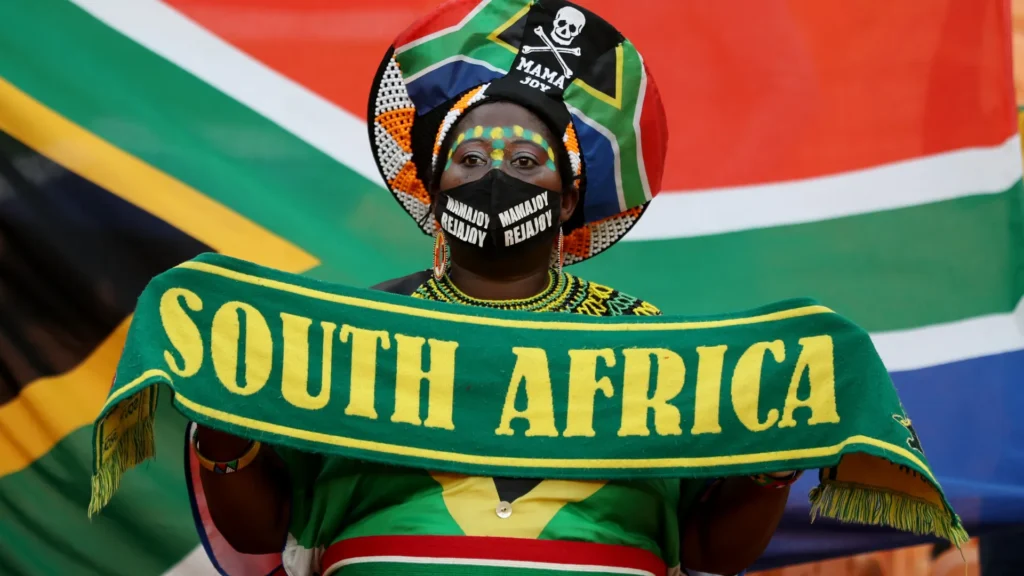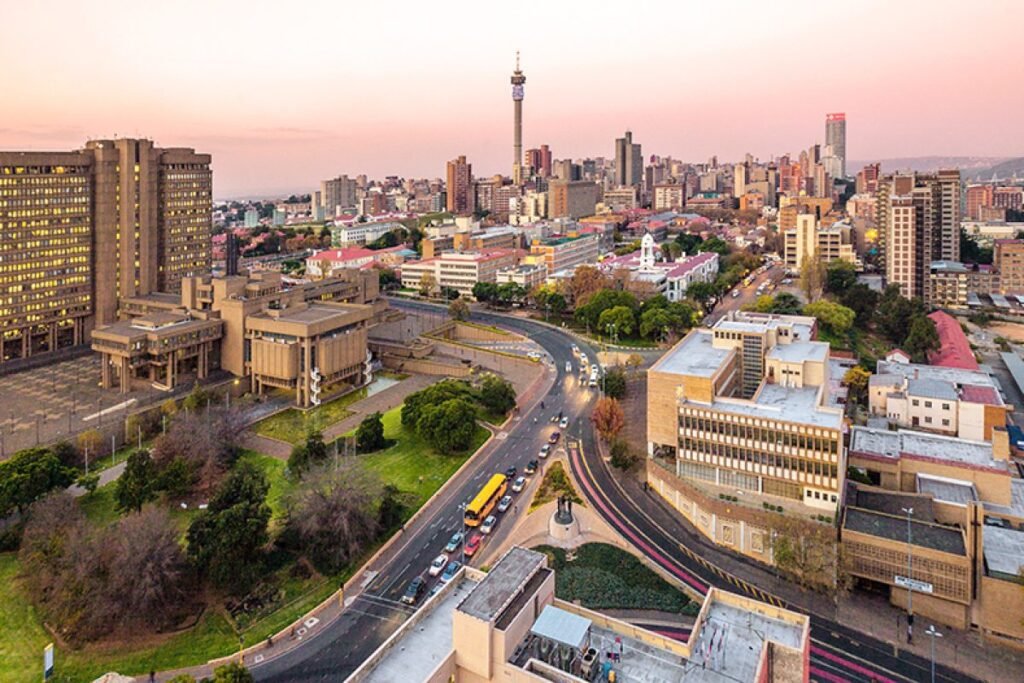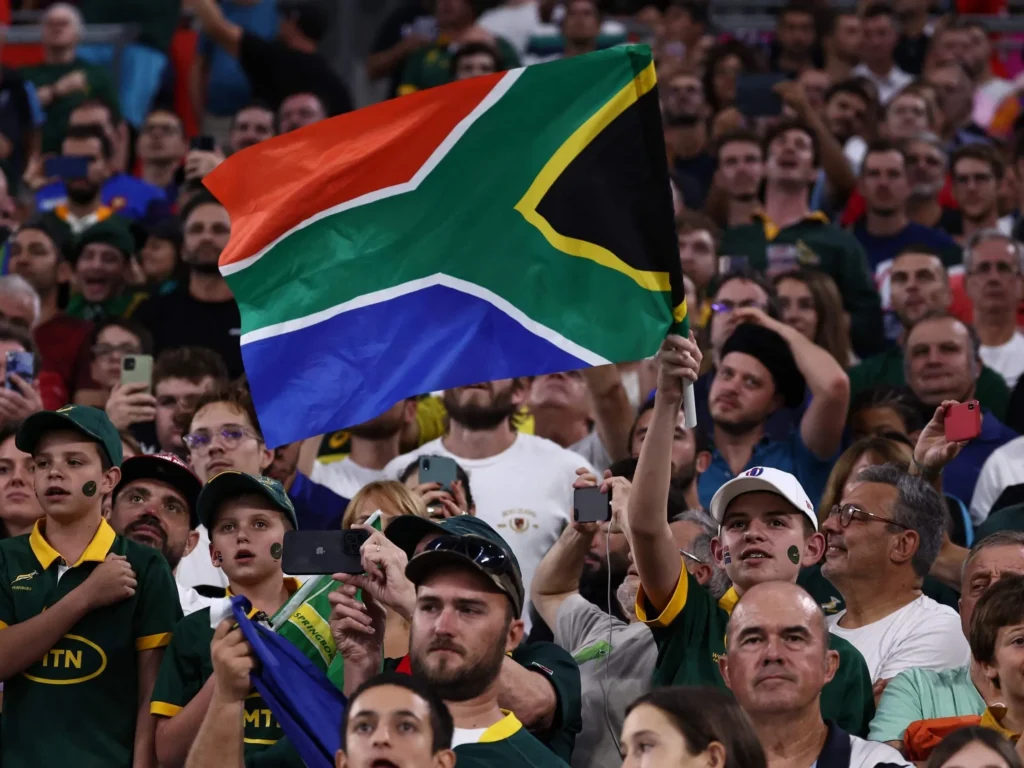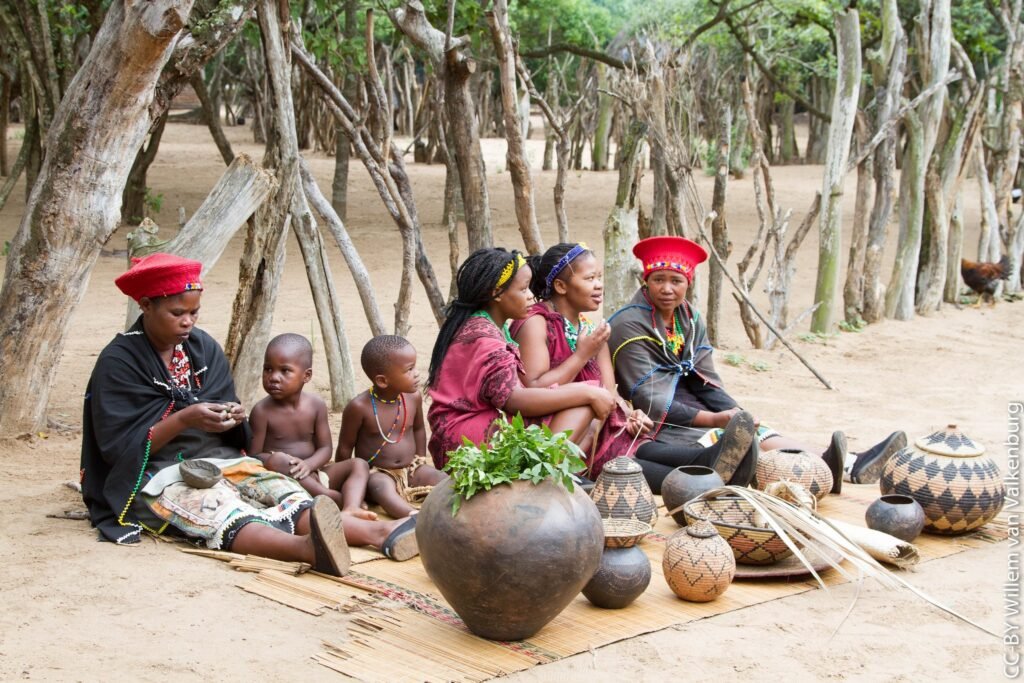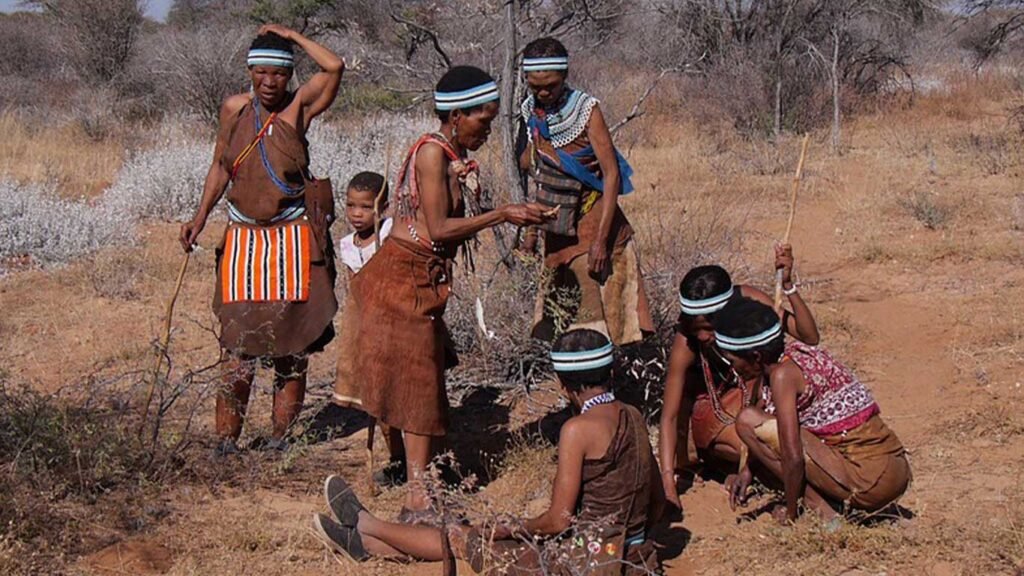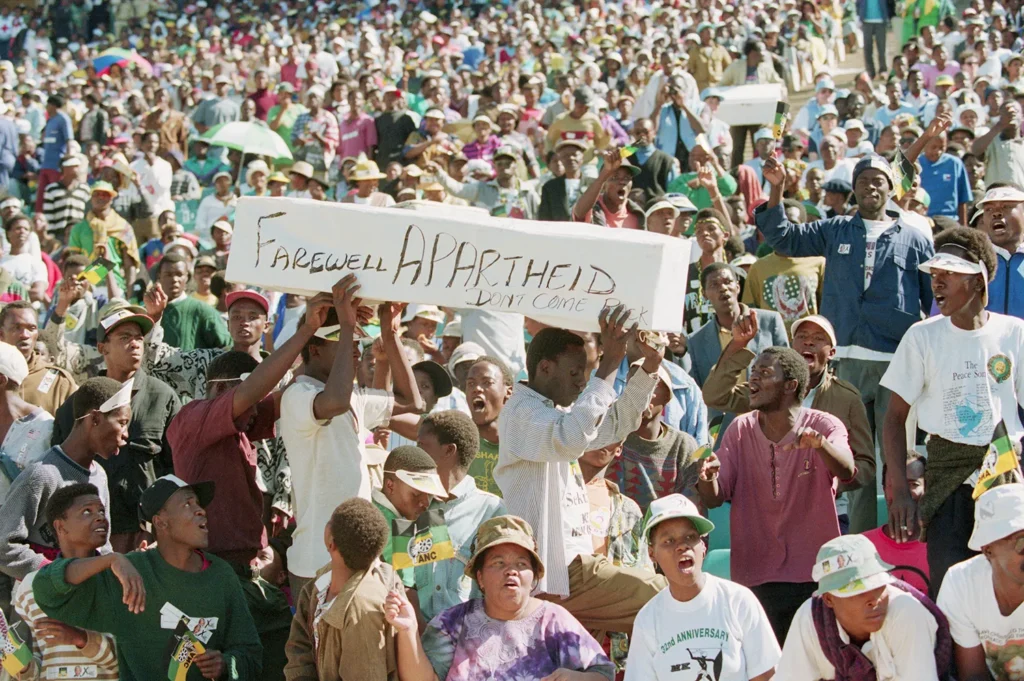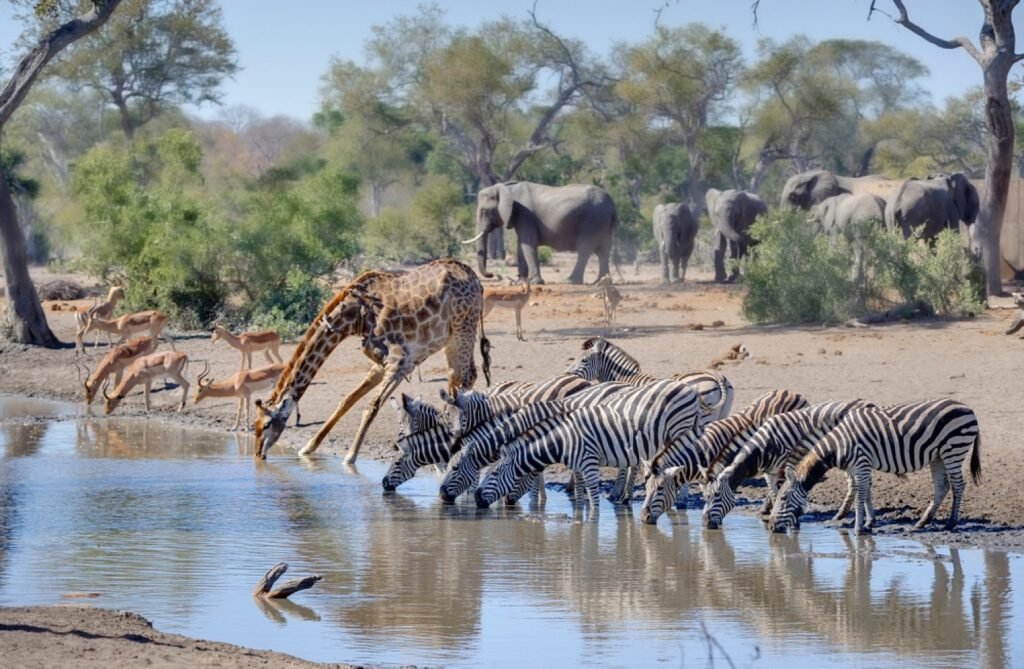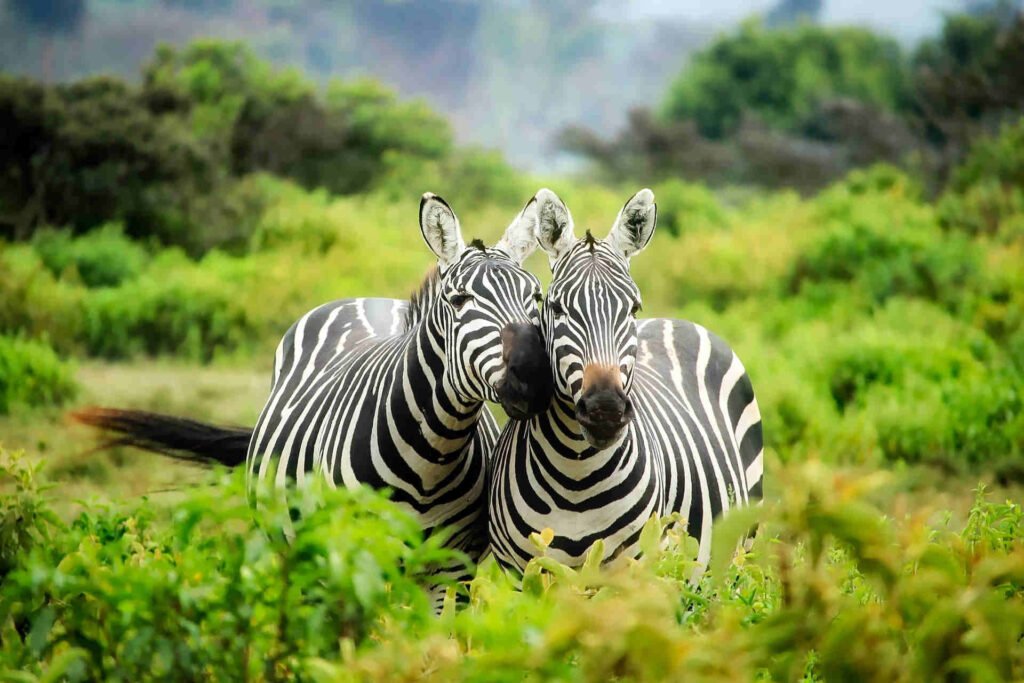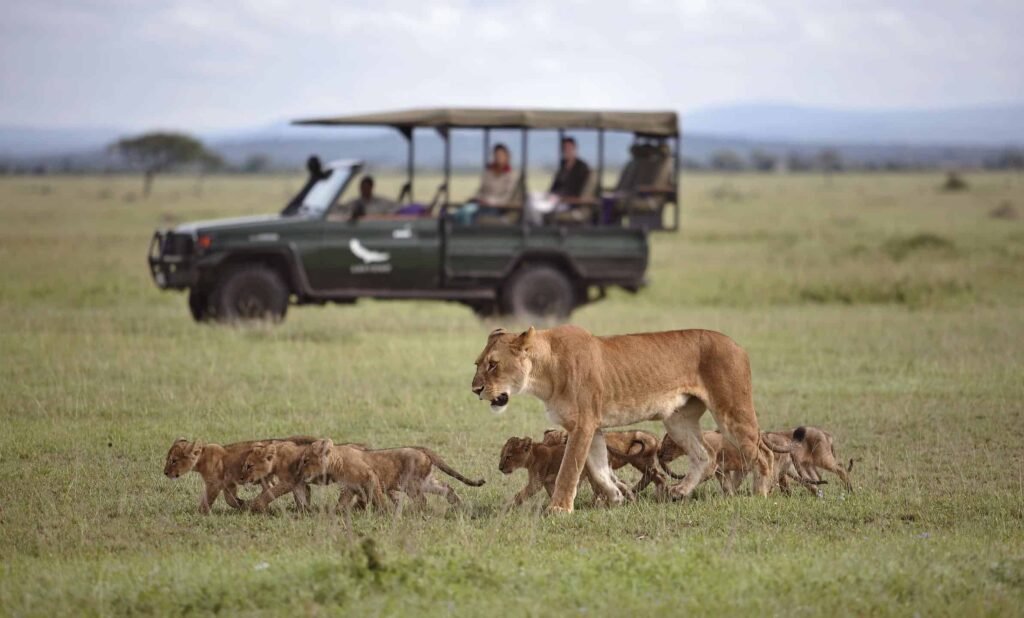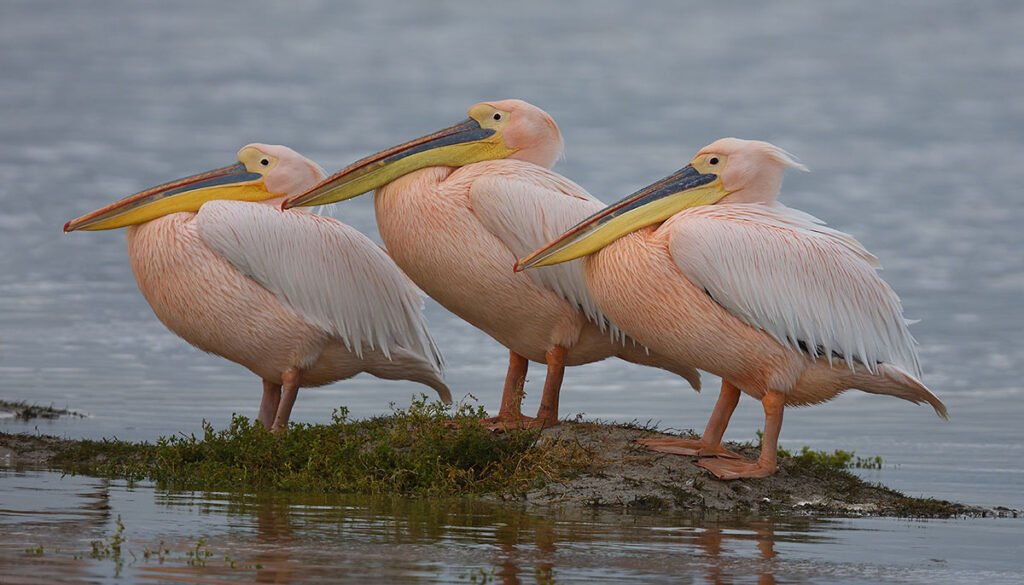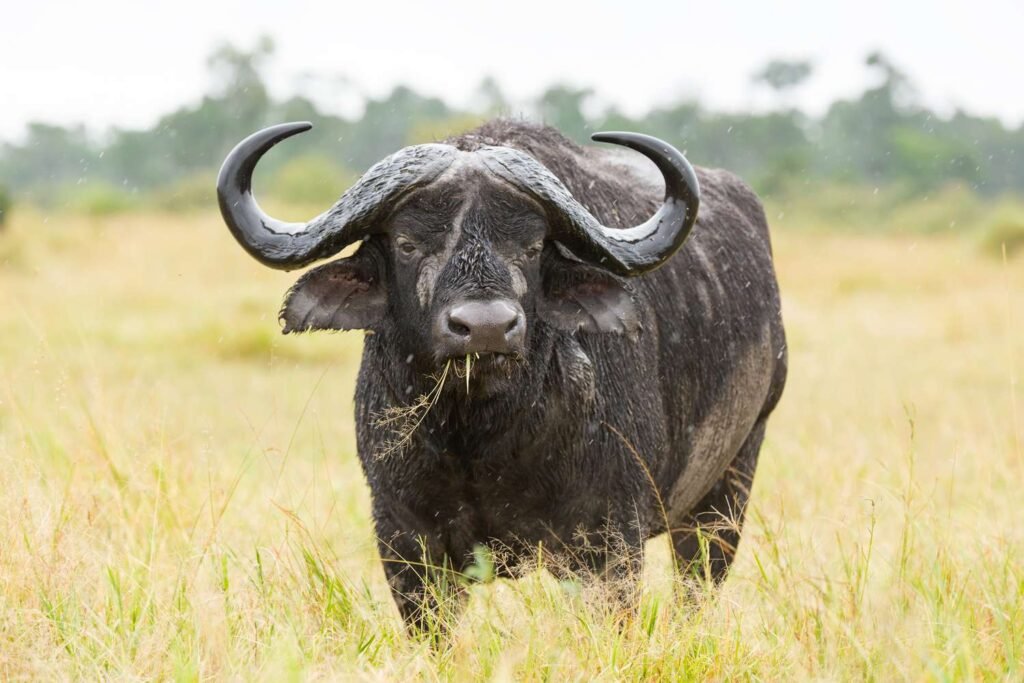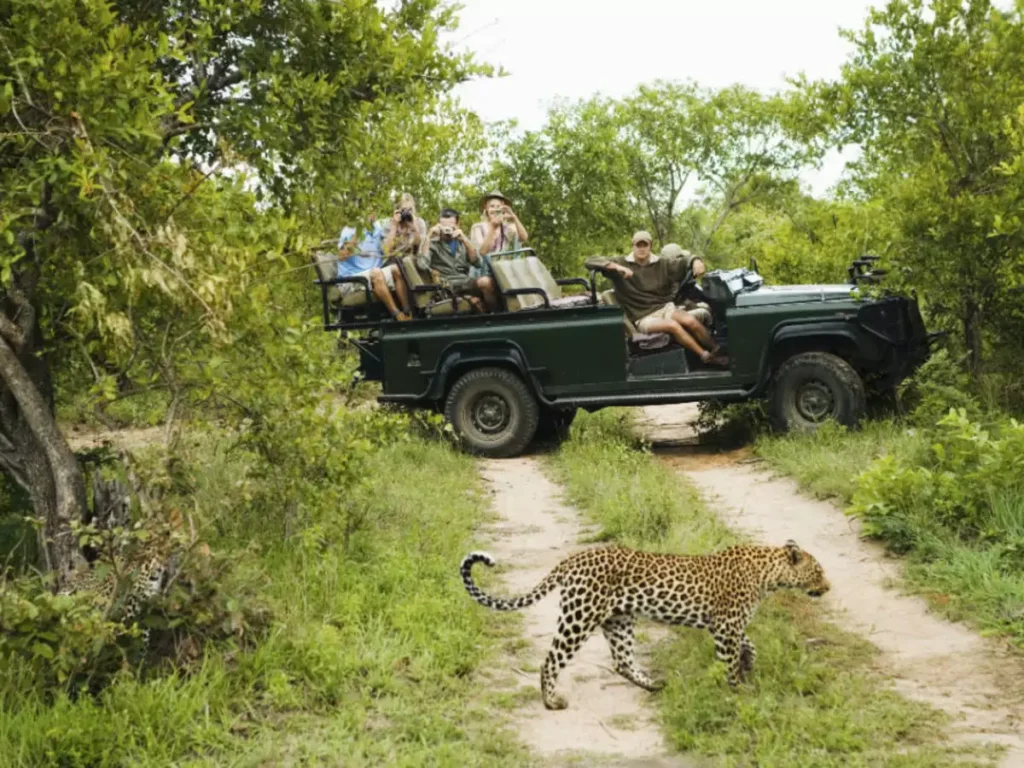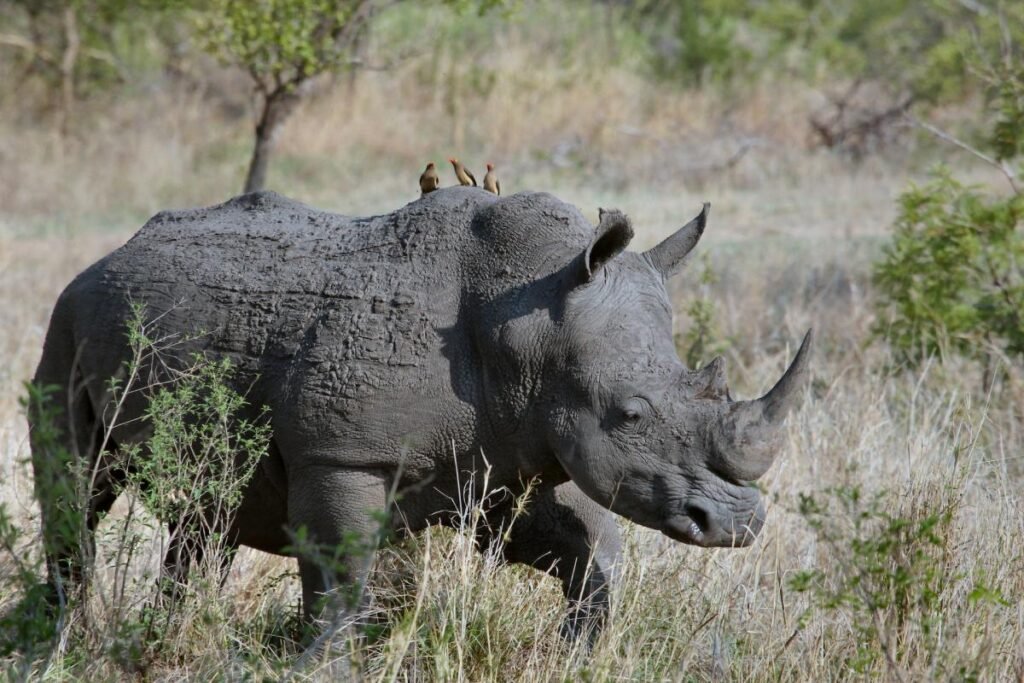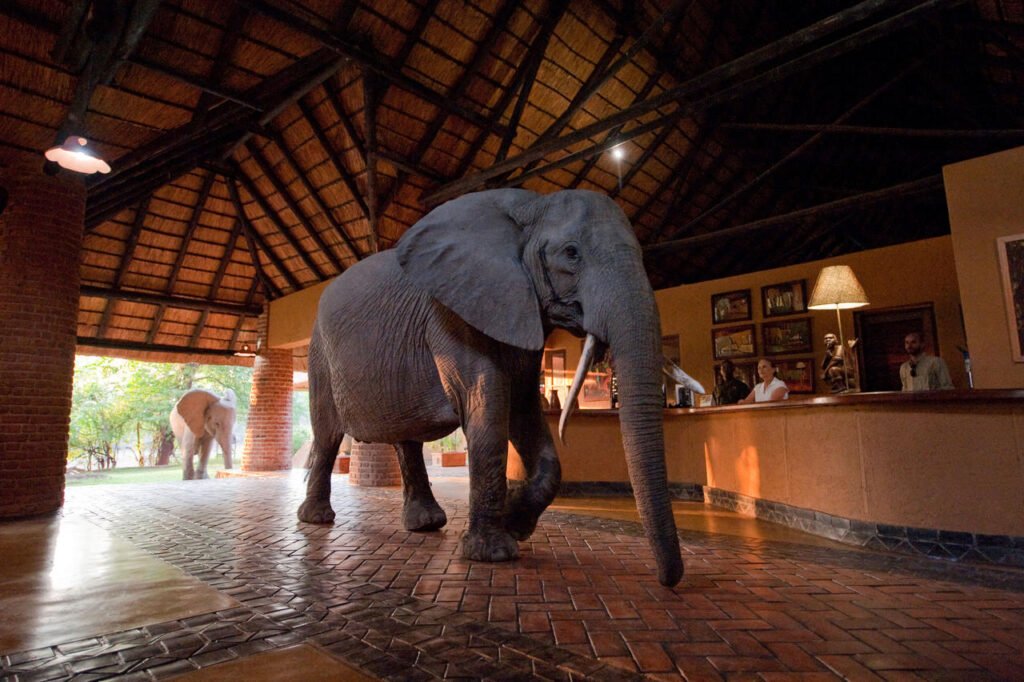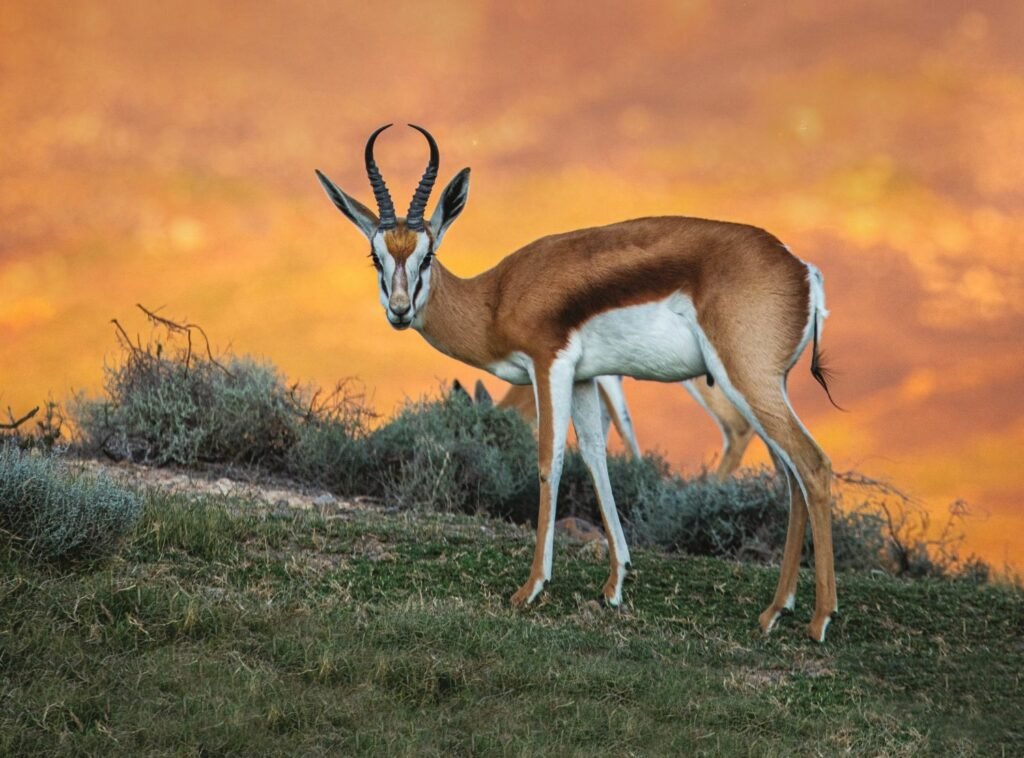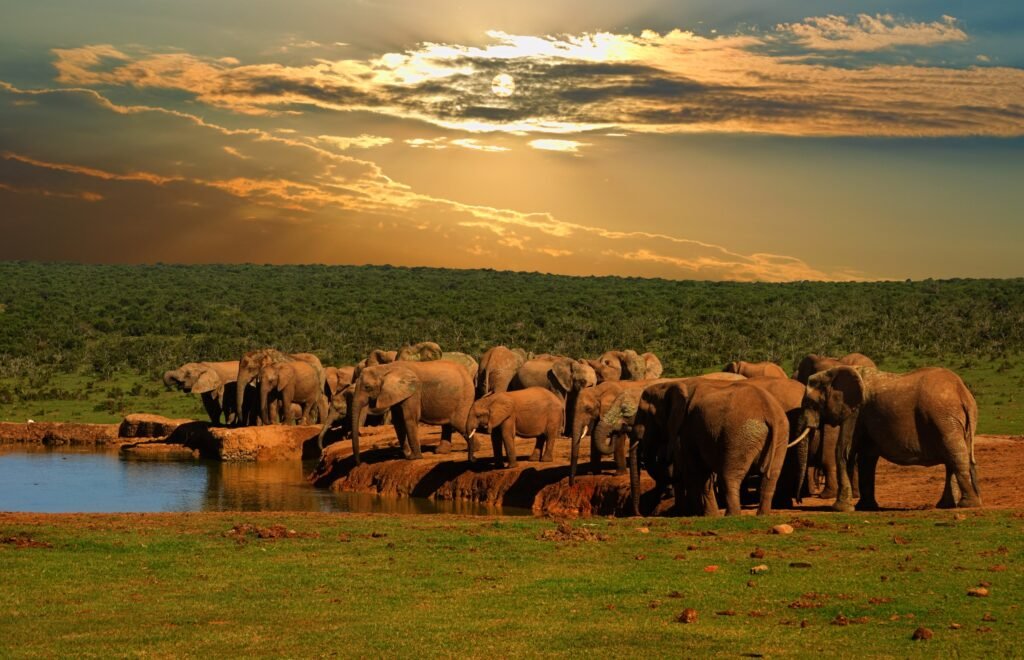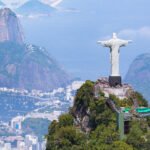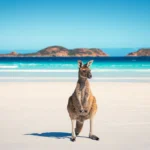Explore the Wonders of South Africa: From Wildlife to Vibrant Cities
Introduction:
South Africa, officially known as the Republic of South Africa, is located at the southern tip of the African continent. It is known for its diverse culture, rich history, and stunning natural landscapes. The country has a population of over 60 million people, making it the 24th most populous nation in the world. The capital cities are Pretoria (administrative), Bloemfontein (judicial), and Cape Town (legislative), with Johannesburg being the largest city.
South Africa’s geography ranges from vast savannas and deserts to majestic mountain ranges and pristine coastlines. The country’s climate varies from Mediterranean in the southwest to subtropical in the northeast, contributing to its rich biodiversity and numerous ecosystems.
Economically, South Africa is the most industrialized country in Africa, with a mixed economy characterized by agriculture, mining, manufacturing, and services. It is the world’s largest producer of platinum and a significant producer of gold and diamonds. The South African rand (ZAR) is the official currency.
Culturally, South Africa is a melting pot of various ethnic groups, languages, and traditions. The country is often referred to as the “Rainbow Nation” due to its multicultural diversity. Eleven official languages are recognized, including Zulu, Xhosa, Afrikaans, and English. South Africa is also known for its music, dance, and art, with a vibrant cultural scene that reflects its complex history.
South Africa’s history includes periods of colonization, apartheid, and democracy. The country gained independence from British rule in 1910 but continued to struggle with racial segregation under apartheid until the early 1990s. Nelson Mandela’s election as the first black president in 1994 marked the beginning of a new era of democracy and reconciliation.
Politically, South Africa is a parliamentary republic with a multi-party system. The President of South Africa is both the head of state and government. The country’s political landscape is shaped by its history of apartheid and the ongoing efforts to address economic disparities and social justice.
Tourism in South Africa is a significant industry, attracting millions of visitors each year to its natural wonders, wildlife reserves, and vibrant cities. Popular attractions include Kruger National Park, Table Mountain, Robben Island, and the Garden Route. South Africa’s diverse landscapes, rich history, and warm hospitality make it a compelling destination for travelers.
110 Facts About South Africa (2024)
Basic Information
| Number | Category | Details |
|---|---|---|
| 1. | Current Name | South Africa |
| 2. | National Name | Republic of South Africa |
| 3. | Former Names | Union of South Africa |
| 4. | Date of Establishment | May 31, 1910 (Union), May 31, 1961 (Republic) |
| 5. | Date of Independence | May 31, 1961 (from the United Kingdom) |
| 6. | Leadership | President: Cyril Ramaphosa |
| 7. | Government Type | Parliamentary republic |
Geography
| Number | Category | Details |
|---|---|---|
| 8. | Capital Cities | Pretoria (administrative), Bloemfontein (judicial), Cape Town (legislative) |
| 9. | Largest City | Johannesburg |
| 10. | Land Area | 1.22 million square kilometers |
| 11. | Total Area | 1.22 million square kilometers |
| 12. | Neighboring Countries (Land) | Namibia, Botswana, Zimbabwe, Mozambique, Eswatini, Lesotho |
| 13. | Coastline Length | 2,798 kilometers |
| 14. | UNESCO World Heritage Sites | Robben Island, Cradle of Humankind, iSimangaliso Wetland Park (10 sites) |
| 15. | UNESCO World Natural Sites | Drakensberg, Vredefort Dome |
| 16. | Climate | Mediterranean, temperate, subtropical |
| 17. | Biodiversity | Rich flora and fauna, including the Big Five (lion, leopard, rhinoceros, elephant, and Cape buffalo) |
| 18. | Famous River | Orange River |
| 19. | Famous Mountain | Table Mountain |
| 20. | Major Islands | Robben Island |
| 21. | Longest River | Orange River |
| 22. | Highest Waterfall | Tugela Falls |
| 23. | Largest Lake | Lake Chrissie |
| 24. | Largest Forest | Knysna Forest |
Population
| Number | Category | Details |
|---|---|---|
| 25. | Population (2024) | Approximately 60 million |
| 26. | Population (1950) | 13.6 million |
| 27. | Population (1900) | 5 million |
| 28. | Projected Population (2070) | 70 million |
| 29. | Population Density | 49 people per square kilometer |
| 30. | Urban Population (%) | 67% |
| 31. | Rural Population (%) | 33% |
Demographics
| Number | Category | Details |
|---|---|---|
| 32. | Ethnicity/Race | Black African (80.2%), Coloured (8.8%), White (7.8%), Indian/Asian (2.5%) |
| 33. | Languages | Zulu, Xhosa, Afrikaans, English, Sepedi, Setswana, Sesotho, Xitsonga, Siswati, Tshivenda, Ndebele |
| 34. | National Language | 11 official languages |
| 35. | Religion | Christianity (80%), Indigenous beliefs (15%), Other (5%) |
| 36. | Median Age | 27.6 years |
| 37. | Life Expectancy | 64.5 years |
| 38. | Birth Rate | 20.9 births per 1,000 people |
| 39. | Death Rate | 9.3 deaths per 1,000 people |
Economic Indicators
| Number | Category | Details |
|---|---|---|
| 41. | Monetary Unit | South African Rand (ZAR) |
| 42. | GDP | $351 billion (2022 est.) |
| 43. | GDP per Capita (PPP) | $13,500 (2022 est.) |
| 44. | Income Level | Upper-middle income |
| 45. | Consumer Price Inflation | 4.5% (2022 est.) |
| 46. | Current Account Balance | -$4.5 billion (2022 est.) |
| 47. | Exchange Rate (Per $) | 1 USD = 15.2 ZAR |
| 48. | Unemployment Rate | 34.9% (2022 est.) |
| 49. | Stocks Inward ($ billion) | 135 (2022 est.) |
| 50. | Real GDP Growth (%) | 1.9% (2022 est.) |
| 51. | Labor Force (Million) | 23 million |
| 52. | Major Industries | Mining, manufacturing, agriculture, finance, services |
| 53. | Major Exports | Platinum, gold, diamonds, machinery, vehicles |
| 54. | Major Imports | Machinery, chemicals, petroleum products, scientific instruments, foodstuffs |
| 55. | Public Debt (% of GDP) | 69.9% (2022 est.) |
| 56. | Tax Revenue (% of GDP) | 26.2% (2022 est.) |
| 57. | Minimum Wage | 3,500 ZAR per month |
| 58. | Average Household Income | 120,000 ZAR per year |
| 59. | Inflation Rate | 4.5% (2022) |
| 60. | Interest Rate | 3.5% (2022) |
| 61. | Major Trade Partners | China, United States, Germany, India, Japan |
Social Indicators
| Number | Category | Details |
|---|---|---|
| 61. | Literacy Rate | 87.6% |
| 62. | Fertility Rate | 2.4 children per woman |
| 63. | Infant Mortality Rate | 27.5 per 1,000 live births |
| 64. | Under-5 Mortality Rate | 37.9 per 1,000 live births |
| 65. | National Holidays | Freedom Day, Heritage Day, Youth Day, Christmas |
| 66. | Health Care System | Mixed public and private |
| 67. | Health Expenditure (% of GDP) | 8.9% (2022 est.) |
| 68. | Obesity Rate | 28.3% of adults |
| 69. | Drinking Water Source | 93% of the population has access to clean drinking water |
| 70. | Access to Sanitation | 79% of the population has access to improved sanitation facilities |
| 71. | Average Life Satisfaction | 5.8/10 |
| 72. | Major Health Issues | HIV/AIDS, tuberculosis, diabetes |
| 73. | Smoking Rate | 17.6% of adults |
Culture and Society
| Number | Category | Details |
|---|---|---|
| 74. | Famous People | Nelson Mandela, Desmond Tutu, Charlize Theron, Trevor Noah |
| 75. | Legal Marriage Age | 18 years |
| 76. | Gender Inequality Index | 0.394 (2021) |
| 77. | National Sport | Rugby |
| 78. | Sport Achievements | Multiple Rugby World Cup wins, Olympic medals |
| 79. | National Animal | Springbok |
| 80. | National Fruit | Marula |
| 81. | Famous Landmarks | Table Mountain, Robben Island, Kruger National Park |
| 82. | National Dish | Bobotie |
| 83. | Major Newspapers | The Star, Mail & Guardian, City Press |
| 84. | Major TV Channels | SABC, e.tv, M-Net |
| 85. | Popular Music Genres | Kwaito, jazz, gospel, traditional African music |
| 86. | National Theatre | State Theatre, Pretoria |
| 87. | National Gallery | South African National Gallery |
| 88. | Popular Festivals | National Arts Festival, Cape Town International Jazz Festival |
| 89. | Average Internet Speed | 22 Mbps |
| 90. | Most Popular TV Show | Generations |
| 91. | Most Popular Book | Long Walk to Freedom by Nelson Mandela |
| 92. | Most Popular Sport | Soccer |
| 93. | Most Visited Museum | Apartheid Museum |
| 94. | Largest Stadium | FNB Stadium (Soccer City) |
| 95. | National Anthem | Nkosi Sikelel’ iAfrika and Die Stem |
| 96. | Famous Historical Sites | Robben Island, Cradle of Humankind, Apartheid Museum |
| 97. | Major Brands | Nando’s, MTN, Sasol, Woolworths |
| 98. | Famous Foods | Braai, bunny chow, biltong |
| 99. | Famous Drinks | Rooibos tea, Amarula, Castle Lager |
Education
| Number | Category | Details |
|---|---|---|
| 100. | Best Public University | University of Cape Town |
| 101. | Best Private University | University of Johannesburg |
| 102. | Education Rank | 50th globally |
| 103. | School Enrollment Rate | 98.7% for primary education |
| 104. | Average Class Size | 40 students |
| 105. | Notable Alumni | Nelson Mandela, Desmond Tutu, Elon Musk |
| 106. | Public Spending on Education | 6.5% of GDP |
| 107. | Number of Universities | Over 50 |
| 108. | Popular Study Abroad Destinations | United Kingdom, United States, Australia |
| 109. | Literacy Programs | Extensive adult literacy programs available |
| 110. | Notable Research Institutes | Council for Scientific and Industrial Research (CSIR), Human Sciences Research Council (HSRC) |
History
South Africa’s history is marked by the arrival of Dutch settlers in 1652, followed by British colonization in the early 19th century. The discovery of diamonds and gold in the late 19th century led to significant economic growth but also to conflicts such as the Anglo-Zulu War and the Anglo-Boer Wars.
In 1910, the Union of South Africa was established, uniting the British colonies and Boer republics. The 20th century saw the rise of apartheid, a system of racial segregation that oppressed the non-white population. The struggle against apartheid culminated in the election of Nelson Mandela as the first black president in 1994, marking the end of institutionalized racism and the beginning of a new democratic era.
The Flag of South Africa
The national flag of South Africa features a horizontal “Y” shape with six colors: black, yellow, green, white, red, and blue. This flag was adopted in 1994 after the end of apartheid.
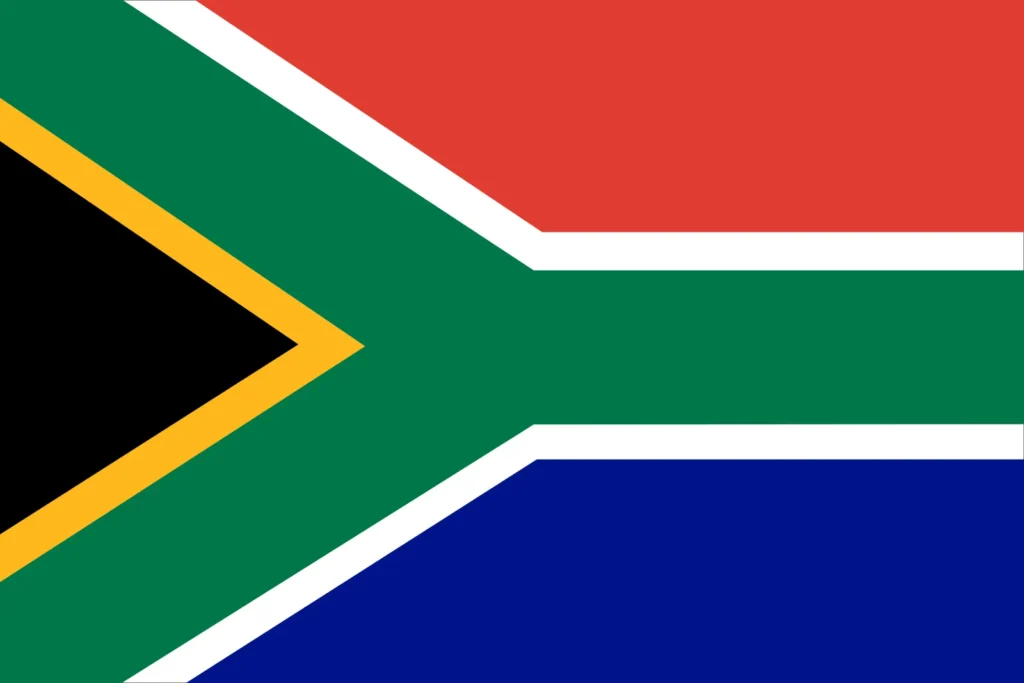
- Black, Yellow, and Green: Represent the African National Congress (ANC).
- Red, White, and Blue: Draw from the Dutch Tricolor and the British flag, representing the colonial history.
- “Y” Shape: Symbolizes the convergence of diverse elements within South African society, taking the road ahead in unity.
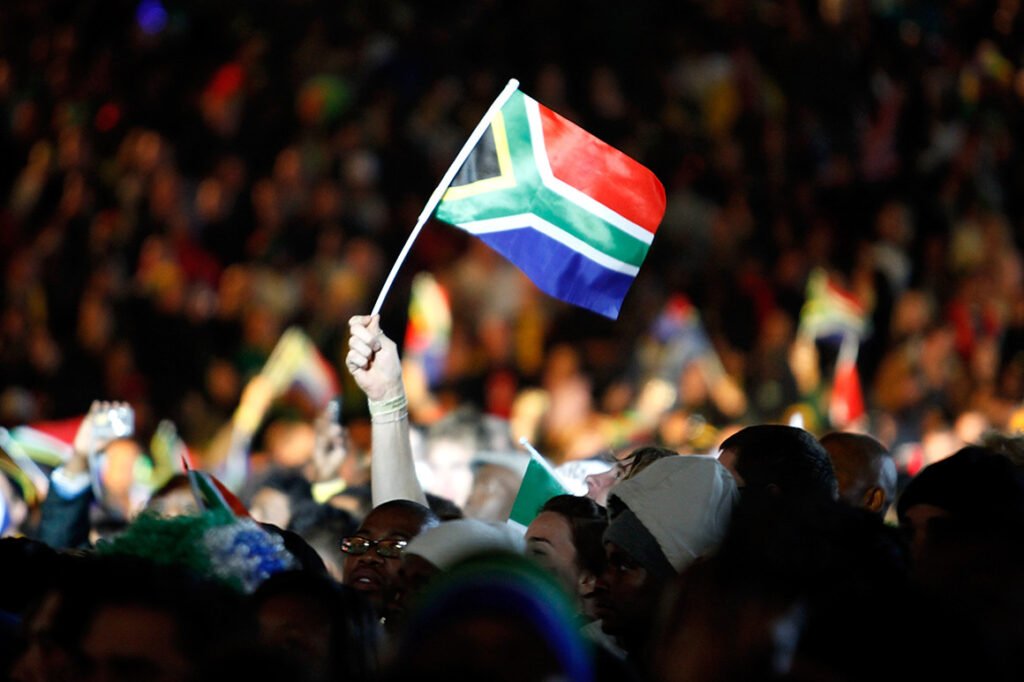
The flag symbolizes the country’s transition from its divisive past to a unified, democratic future.
